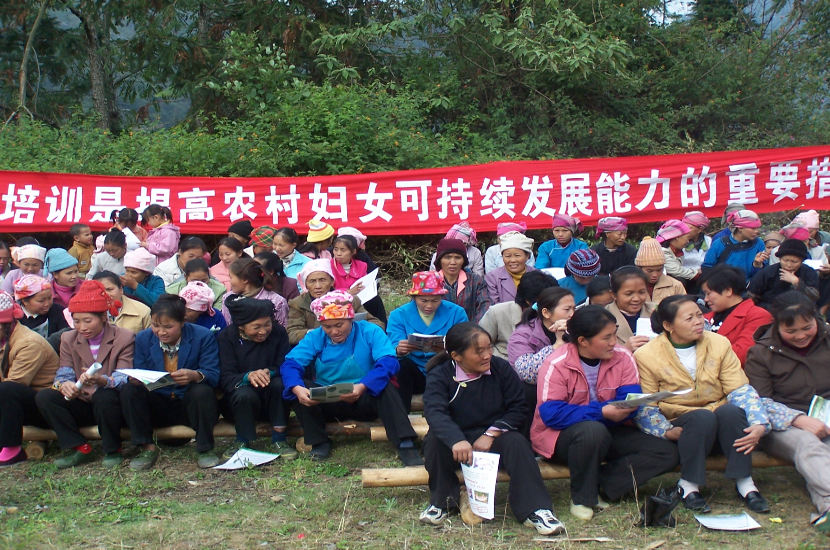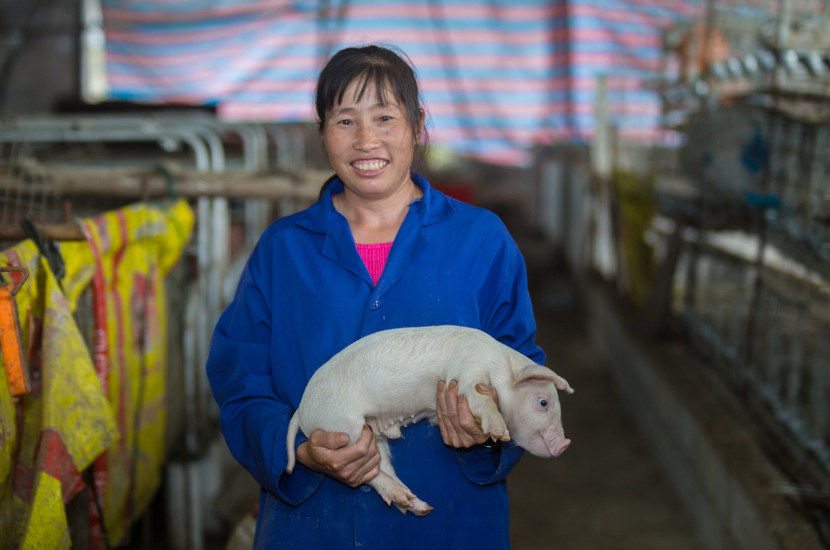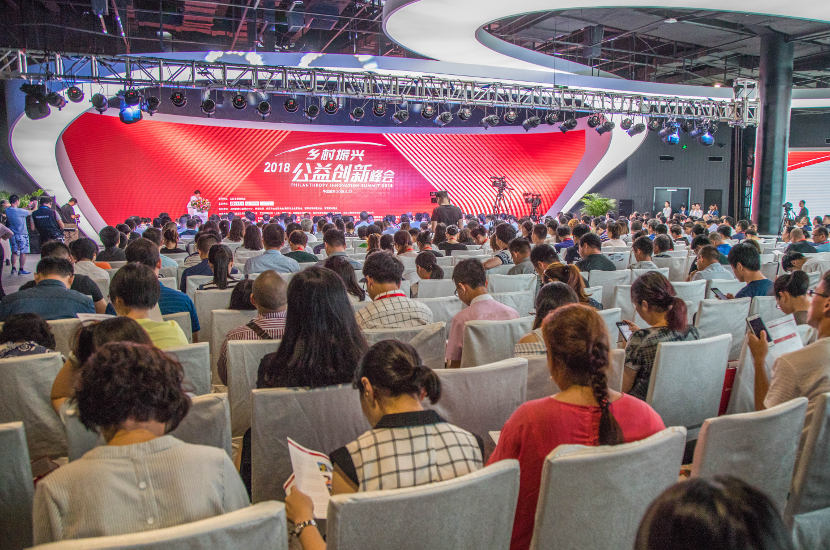Empower rural communities (Interview)
Standing at a starting point of a new era, how can social organizations make a good start on the road of promoting rural revitalization? Recently, a reporter from the CPPCC Daily interviewed Ling Chunxiang, General Secretary of the Amity Foundation, and asked her to summarize and share the experiences of Amity on its exploration of village revitalization based on Amity’s 30-year rural community development practice.
On February 21, the government released the report “Opinions of the Central Committee of the Communist Party of China and the State Council on Comprehensively Promoting Rural Revitalization and Accelerating Agricultural and Rural Modernization”. In the report, the government emphasized rural development as a top priority. The report declared rural revitalization as a major task for the whole country and urged to use all forces of the society to accelerate the modernization of agriculture and rural regions, and to eventually provide a better living standard for the rural population.
Interview with General Secretary Ling Chunxiang:
Q: Most farmers have flocked into cities, leaving the elderly, women and children behind, resulting in a “hollowing” countryside. How do social organizations promote rural revitalization under this population outflow?
A: In the past two to three decades, rural populations migrated from the countryside to the cities for work and go back home during festivals. They do it back and forth, like migratory birds. The main reason is that the local economic development is so slow and the growing material and cultural needs of farmers can hardly be met.
In many regions of western China, not only in rural areas but also in many county-level towns, the population keeps decreasing. The impact of this outflow on rural revitalization should not be underestimated. To solve this problem, we need to address the root cause. What can social organizations do?
In early days of Amity, we provided assistance in impoverished areas. In the recent 10 years, we have explored innovative ways for the development of rural communities, such as the protection of traditional culture, establishment of agricultural cooperatives in ethnic minority areas, and the promotion of rural tourism.
In the context of rural population outflow, Amity started to train village leaders. These leaders then guide the local people to develop rural production and renovate their villages, which has a positive role in promoting rural revitalization. The capacity of the leaders has been continuously improved through trainings, which included support to set up agricultural cooperatives, visiting developed areas for exchanges, and linking them with additional external resources.
In addition to training the leaders, there must be a sustainable industry to support and eventually achieve the revitalization of rural areas. However, the real value of some agricultural products of rural areas are not reflected in the markets, hence it is difficult to support local development. In this case, we need to foster an innovative and entrepreneurial mindset of local farmers and to focus on localized agricultural and sideline products, native products, and handicrafts that are aligned with the local conditions.
During the process, social organizations leveraging on their advantages to connect resources and expertise, social organizations act as mediators and bridges connecting rural with urban residents, agricultural technical talents with ordinary farmers. They help to cultivate local experts and field professionals and provide guidance in agricultural technology, product marketing, and financial services.
At the same time, with the support of government policies, the infrastructure such as local transportation, telecommunication, and the internet has been greatly improved. By linking resources, social organizations can help to develop specific industries as tourism, enhancing manufacturing processes to create better products, etc. This helps to attract knowledgeable, well-educated, and skilled young professionals to come back to the countryside to promote rural revitalization.
Q: There are many left-behind women in rural areas. How do social organizations mobilize women in the countryside to contribute their strength and wisdom in rural revitalization?
A: An old Chinese proverb says “Women hold up half the sky”. Social organizations raise awareness and demonstrate the importance of women in reforming, developing, and revitalizing rural areas. We must not only put women as the main focus of support but also build up their capacity to strengthen their skills and self-reliance.
“Knowledge can change destiny” also applies to rural women. In the past few years, the Amity village doctor training program promoted gender equality and worked with women, giving them more opportunities to learn, practice, and assisted them in establishing their own clinics. Amity’s education and scholarship program also support girls. Capacity development for women benefits not only themselves but also their children and the whole family.
For other programs that do not target women specifically, we also require women’s participation and want them to express their opinions in our research and project assessment. In many ways, we encourage women to participate in the whole process, including project implementation, monitoring and evaluation. Thereby we are enhancing both their awareness and capacity.
We believe that empowerment should be the first step of revitalization. Empowering women in the countryside is easier said than done, but it shows the importance of promoting gender equality and such programs in the local communities.
For example, at the initial convening meeting of our microfinance project, female beneficiaries didn’t speak up and kept their heads down. But after a few years in the project, they became talkative and open to communicate with us. We saw they were changing their attitude.
To mobilize left-behind women requires not only the implementation of “hardware” projects, but also to provide “software”, such as knowledge about health, legal knowledge, technical training, and professional skills as product design and sales, e-commerce operation, etc. Those are very important to improve women’s capacity in all aspects. By promoting women’s personal growth, self-development, and women’s organizations, we enable them to actively participate in public affairs of rural communities, thereby facilitating the overall revitalization of the countryside.




